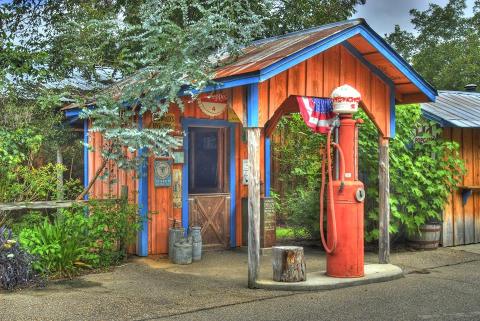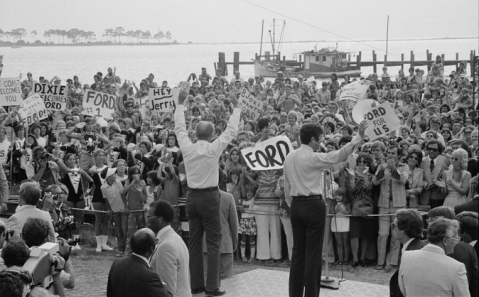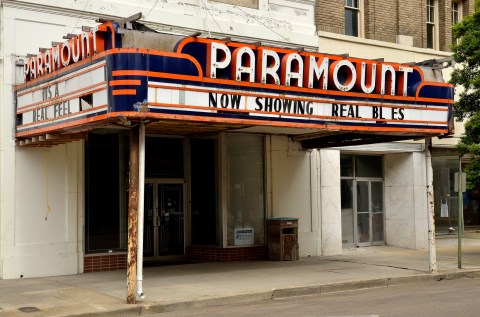Mississippi Schools In The Early 1900s May Shock You. They're So Different
Between a nationwide financial crisis, a world war, racial and social injustices, and segregation, life was very different in the early part of the 20th century. All of these changes, whether directly or indirectly, affected the educational system, making schools of the past completely different than what we’re used to today. From one-room schoolhouses to class portraits of yesteryear, these photos depict just how much Mississippi schools have changed over the years.
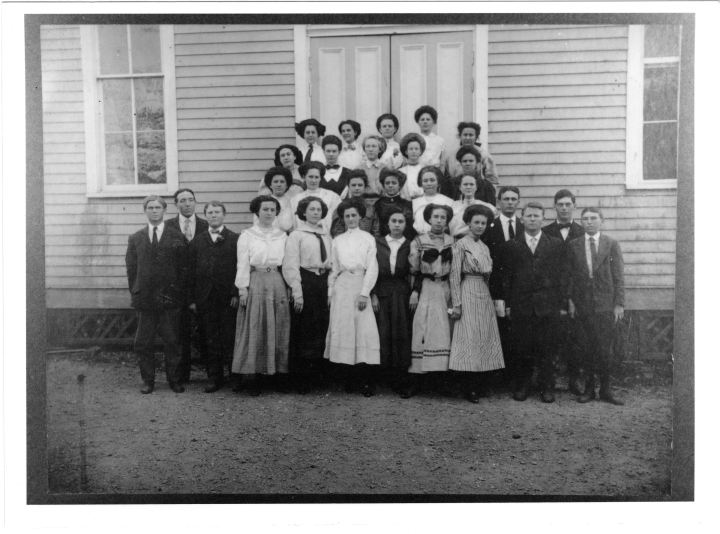
At this time, the average school year in Mississippi was 114 days.
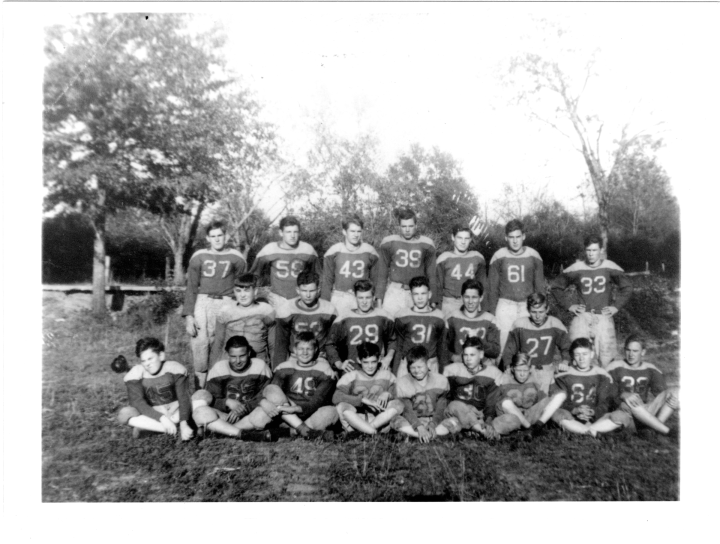
In the 1940s, "2-platoon football" was a common version of the popular sport, which required only 11 players a team.
Advertisement
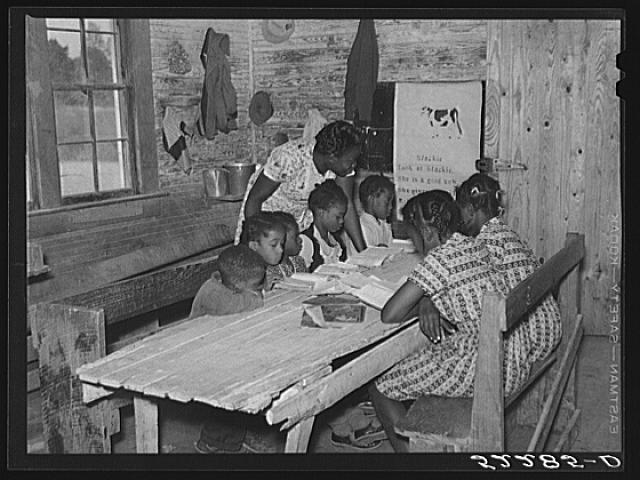
Because many of the students worked picking cotton, school began very late in the year and had low attendance until December.
Advertisement
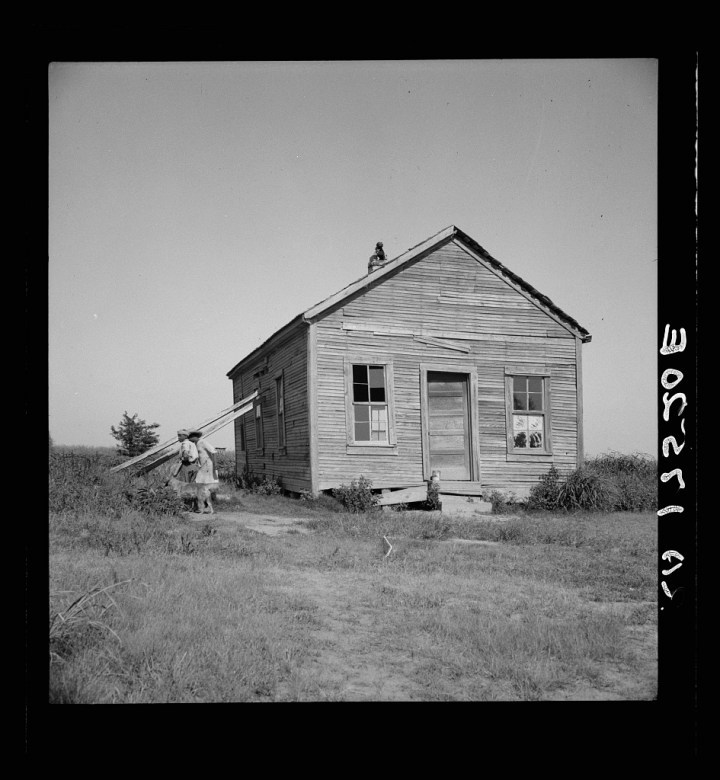
This same year, the Farm Security Administration was established and began widespread assistance efforts to African American farmers, making it possible for them to purchase farms.
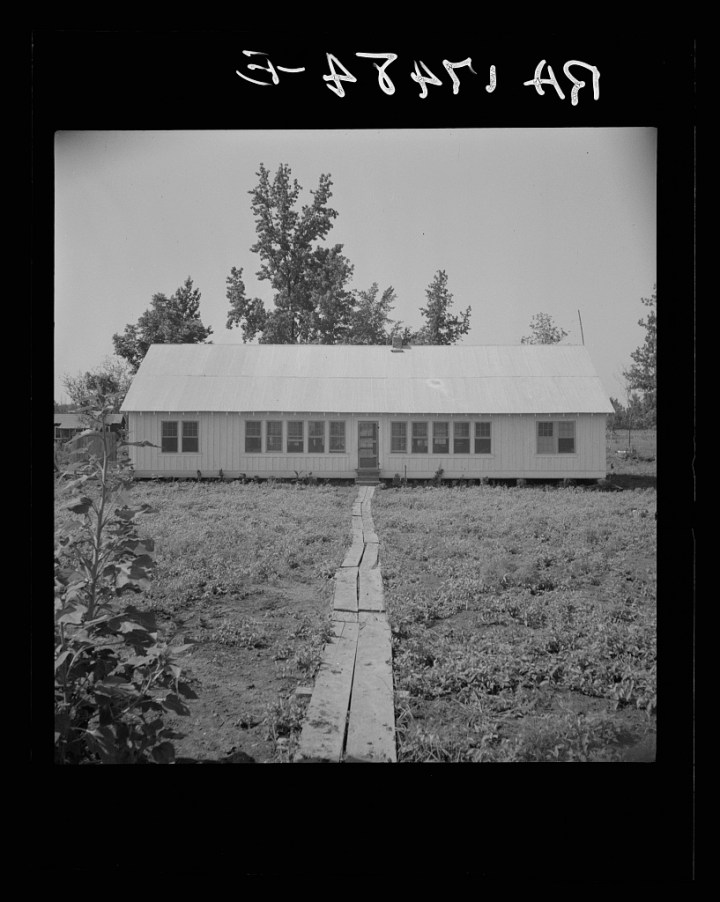
The first cooperative farm was established in Bolivar County in 1936. Cooperative farms, which would eventually belong to the workers, allowed farmers to share in the profits and produce of the farm in relation to their labor.
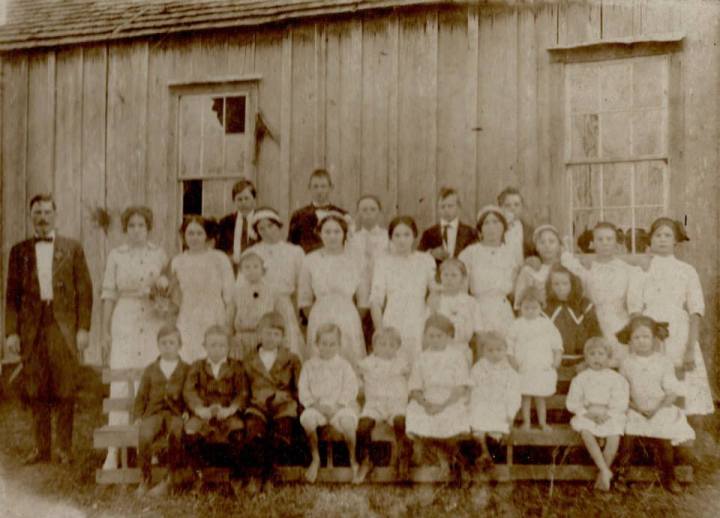
The students in this photo are still trying to be identified. Recognize anyone? Click
here.
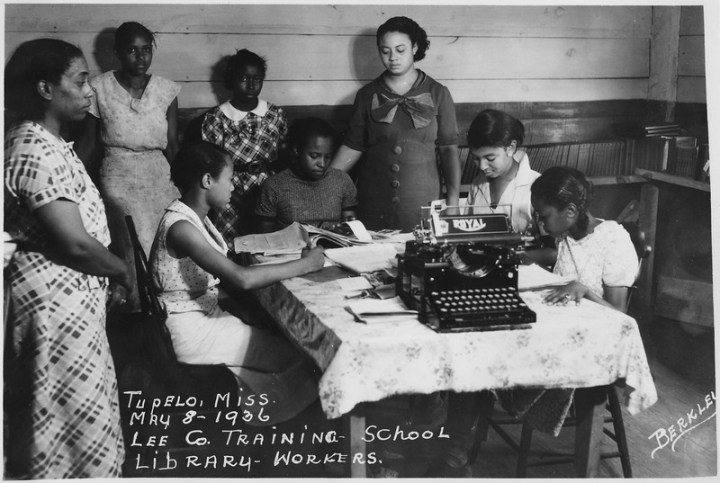
That same year, the school was partially damaged by a tornado.
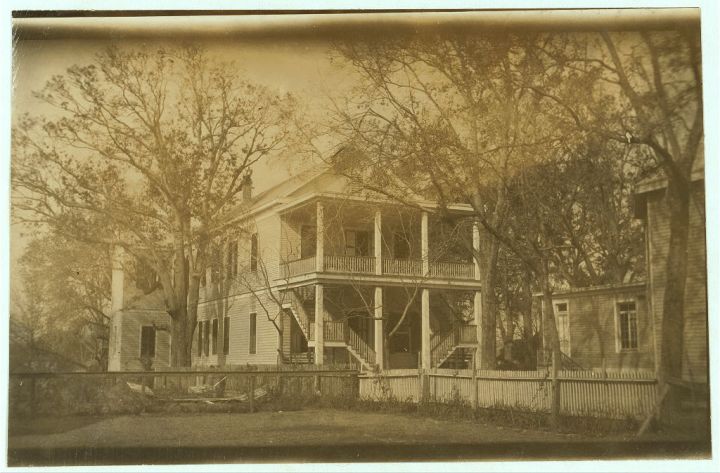
A majority of children didn’t attend school during the day because they had to work. Several children would only come to the school for one hour at night for religious instruction.
Advertisement
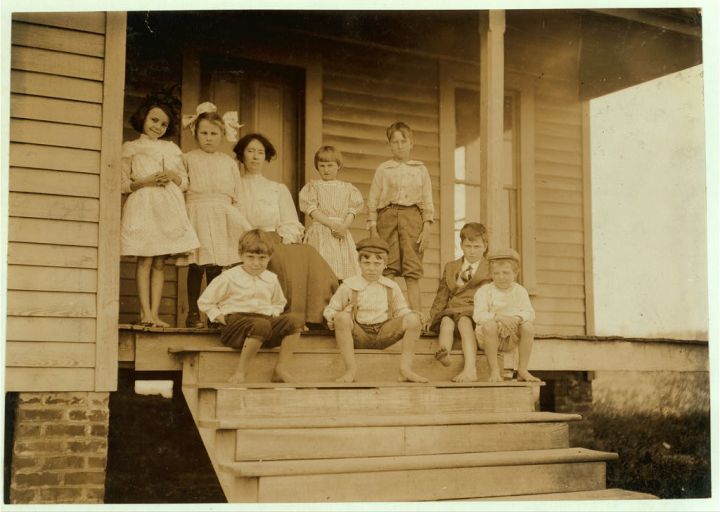
For several years, the school was run by Miss McIntosh, who charged students one dollar a month. Students' ages ranged from six to ten, with many heading to work at the nearby cotton mills by the age of 12.
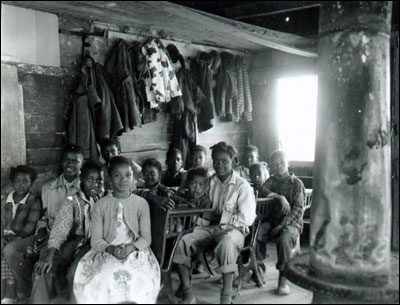
Although taken several years after desegregation began, many schools remained segregated well into the 1960s.

The school was backed by the National Youth Administration - an agency that sought to provide work and educational opportunities for young Americans.
Have your own story about school in Mississippi during this time? We want to hear it! Tell us in the comments section below.
OnlyInYourState may earn compensation through affiliate links in this article. As an Amazon Associate, we earn from qualifying purchases.


